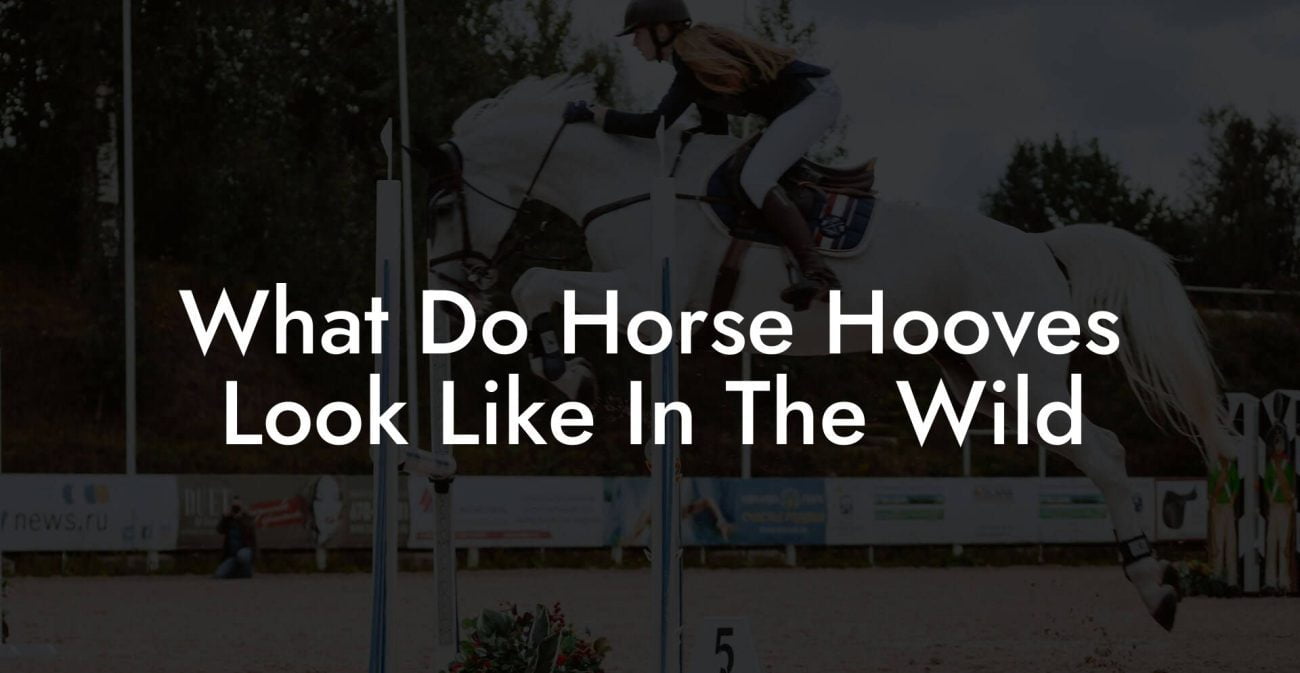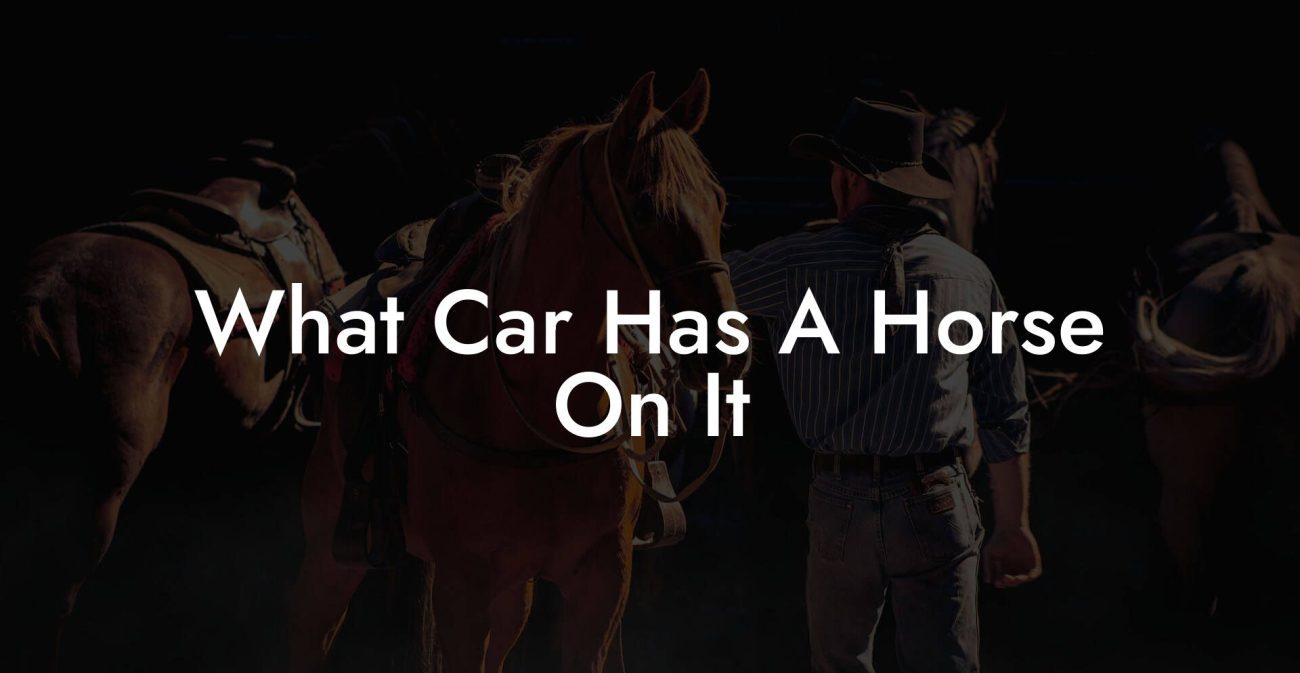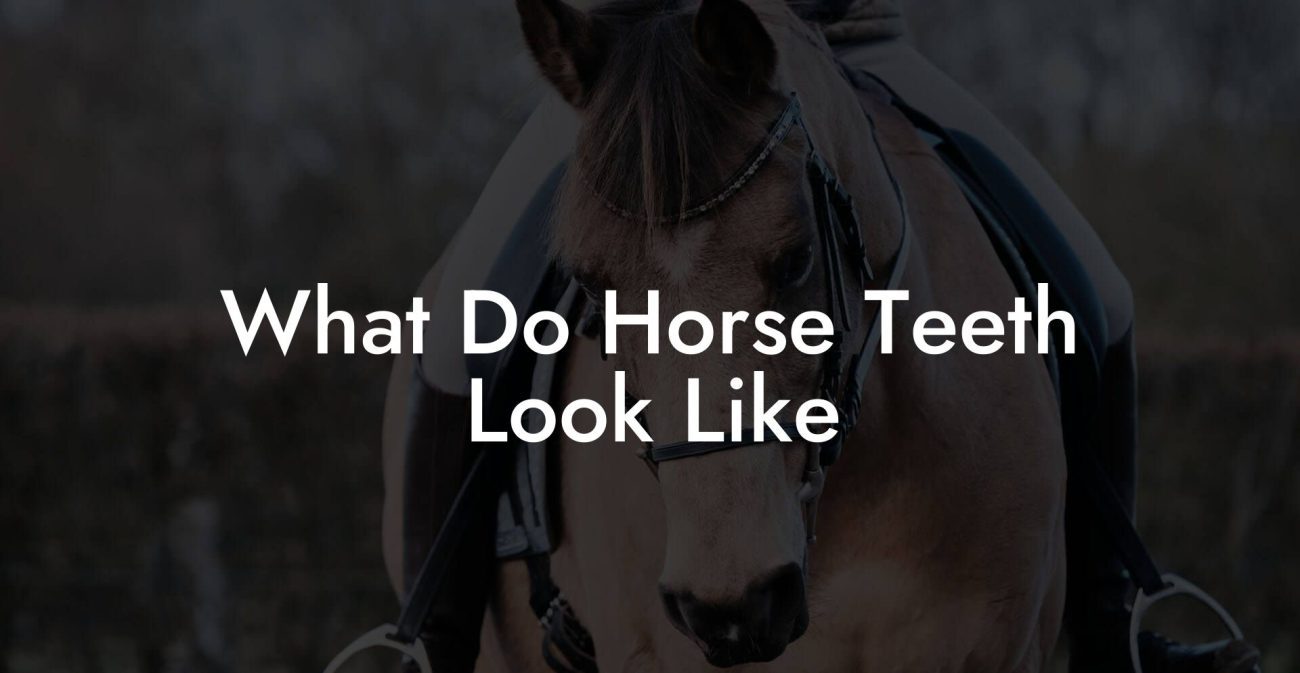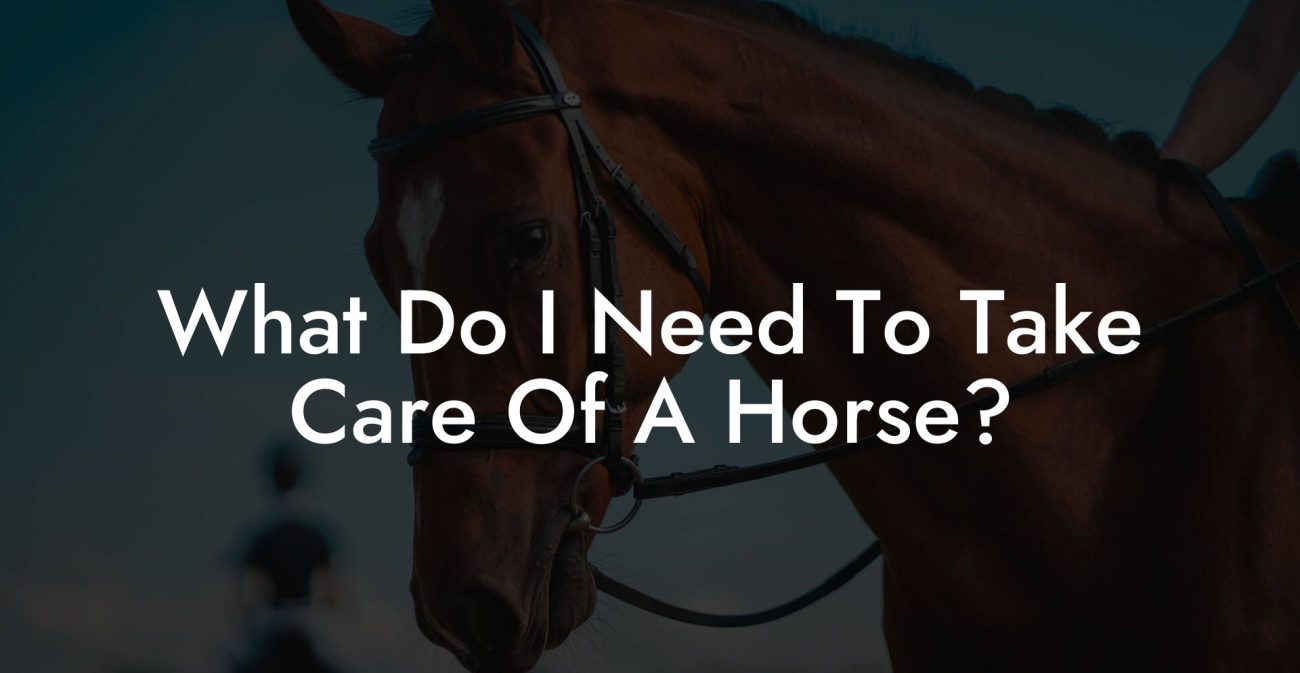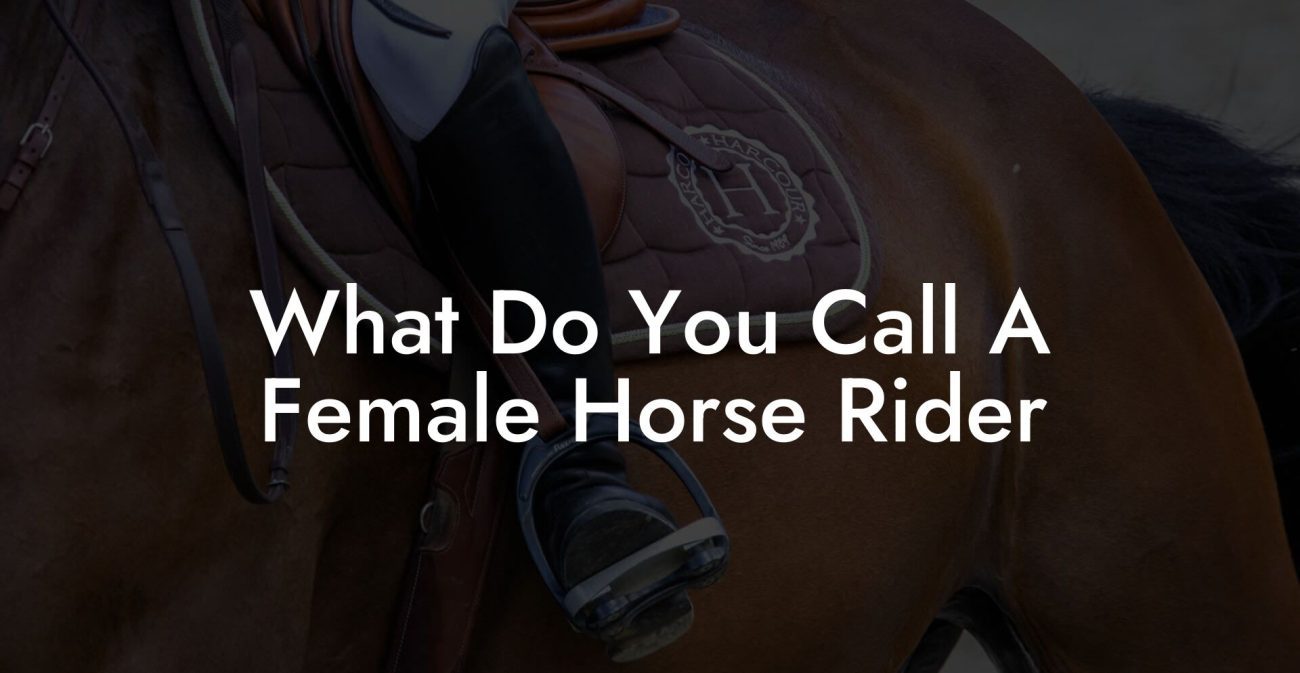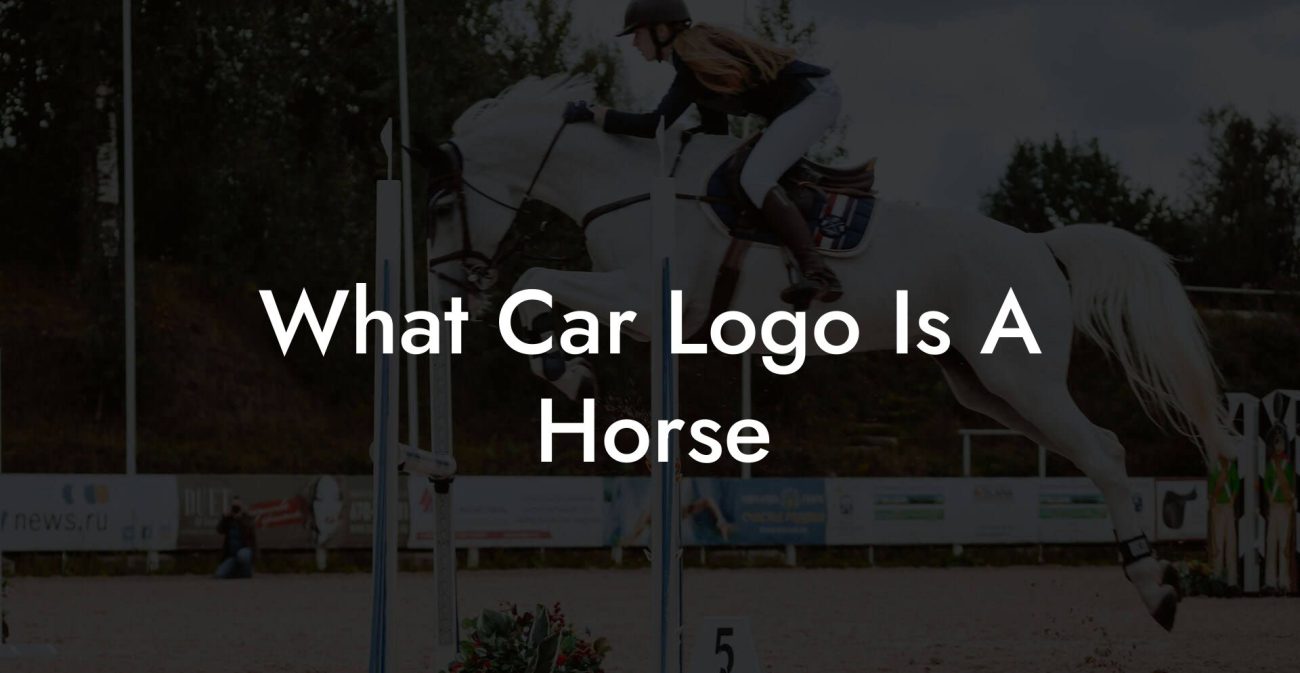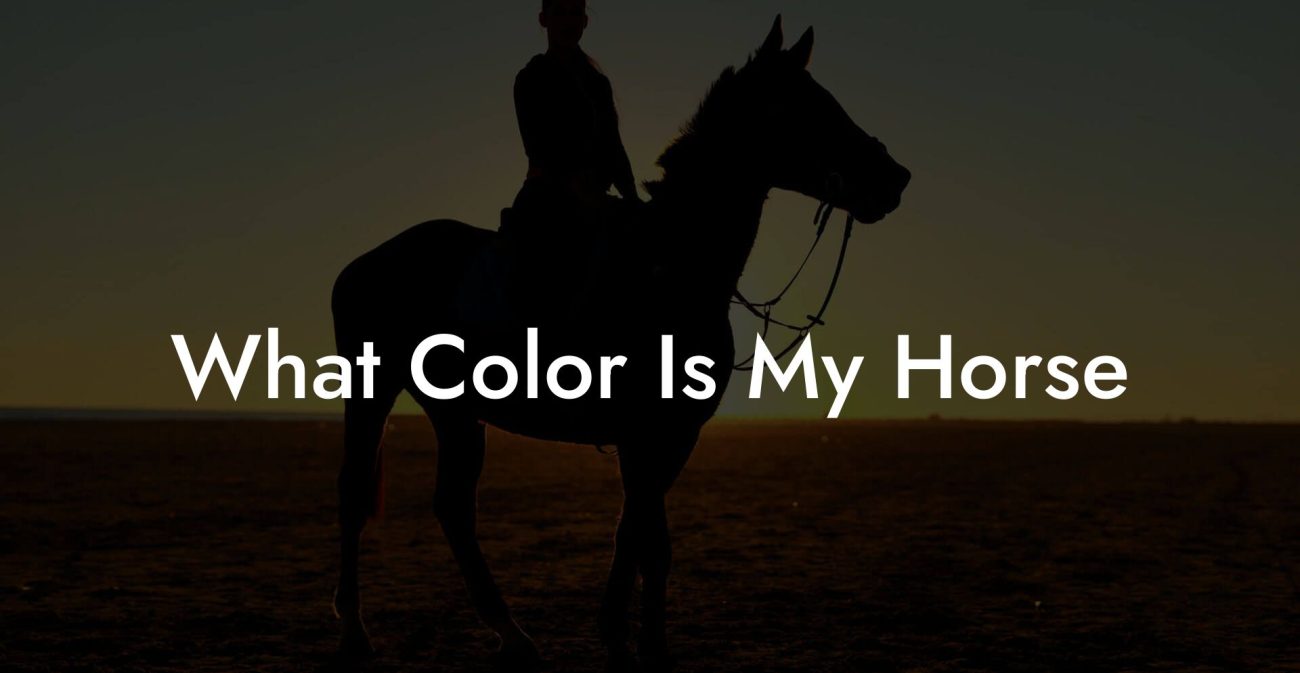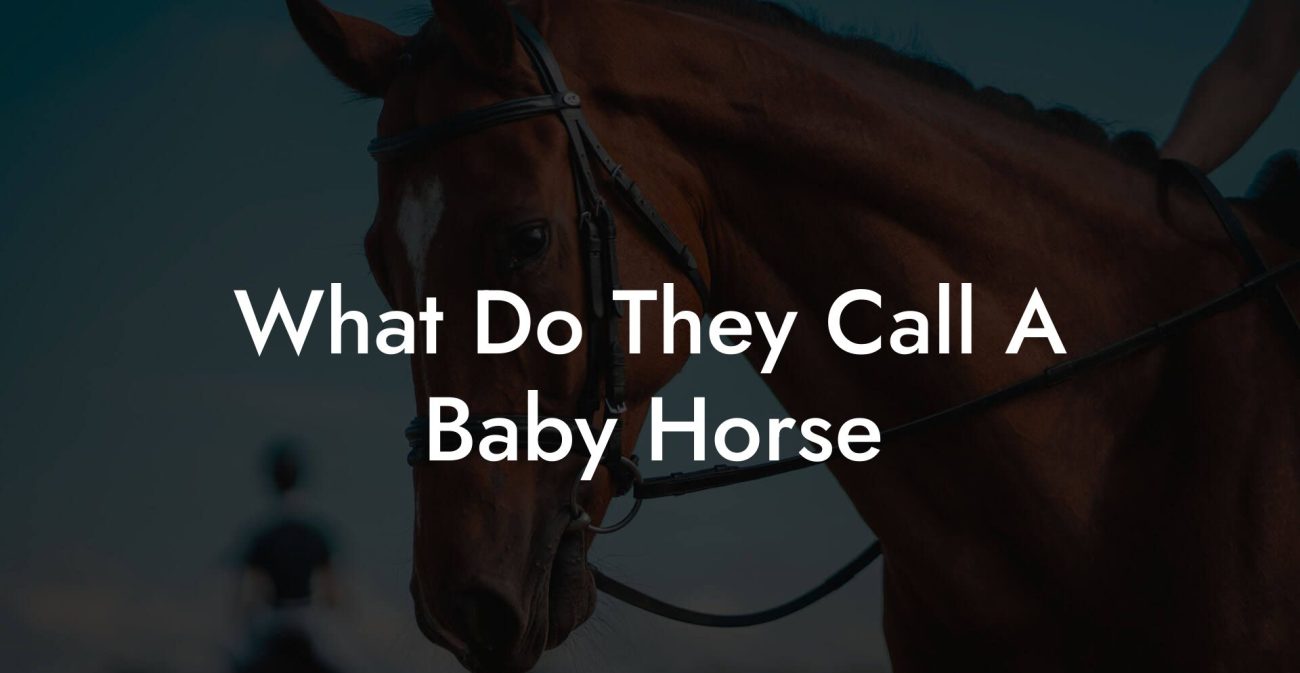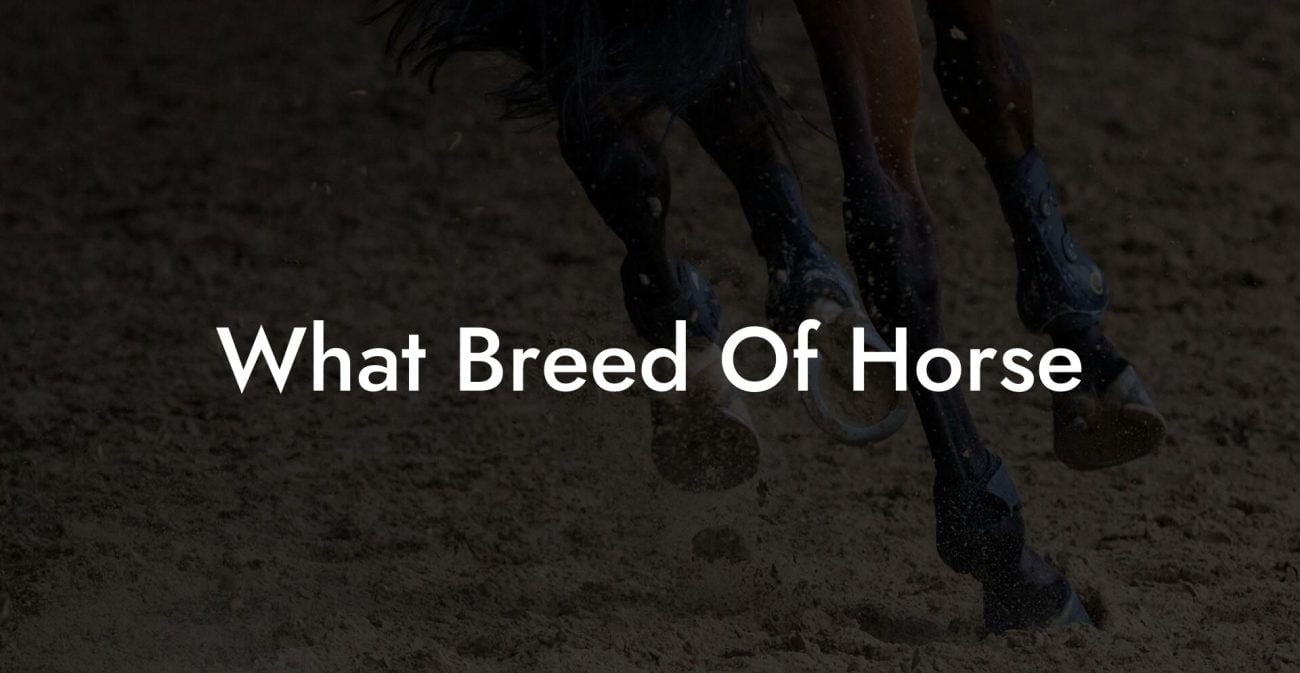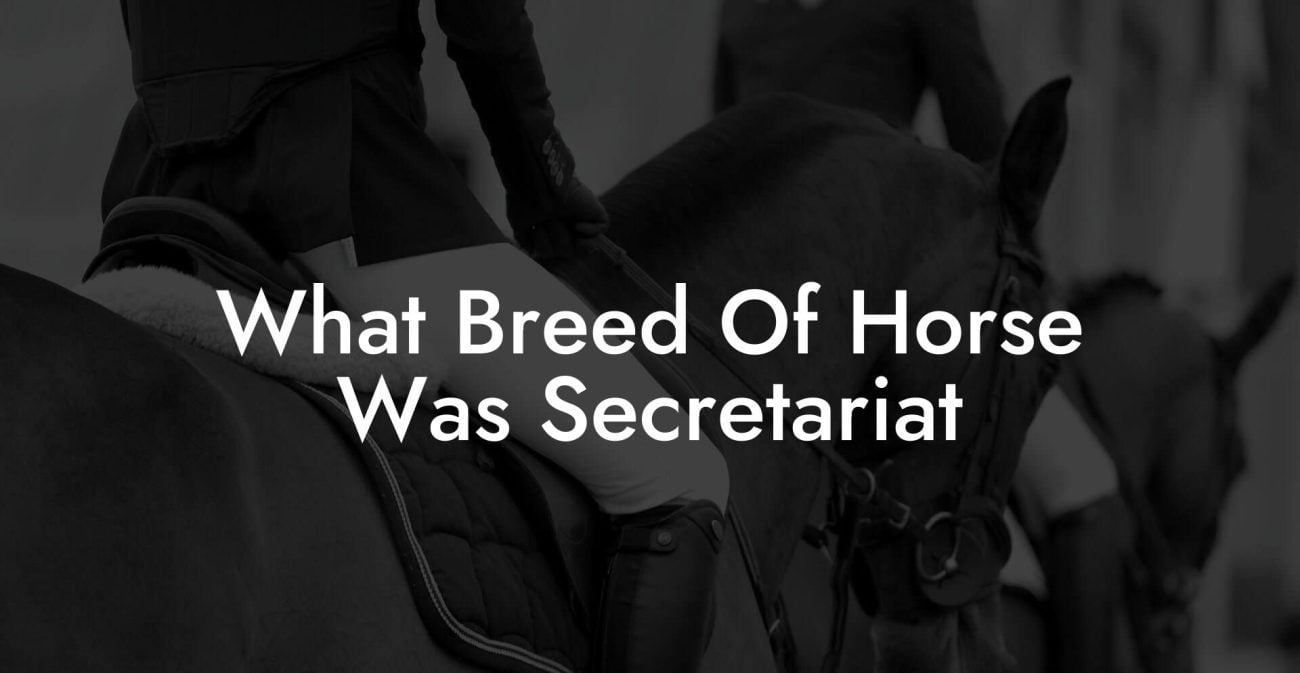As a horse or pony owner, you dive into the world of equestrianism with great passion and enthusiasm. However, owning a horse is not just about riding and spending joyous moments with your four-legged friend. It also requires a deep understanding of their equestrian needs - from basic equipment to feeding and grooming - you ought to strive in ensuring that your equine companion lives a healthy and fulfilling life. Welcome to our comprehensive guide on Equestrian Needs! Here, you will learn about everything that goes into horse ownership and care, making sure you have a well-rounded understanding of your animal's necessities. So, saddle up and let's begin!
Equestrian Needs Table of Contents
1. Essential gear
The basic equipment every horse owner should invest in include:
- A properly fitted saddle and saddle pad to ensure your horse's comfort during rides.
- A bridle with reins to control and communicate with your horse.
- Stirrups and stirrup leathers, adjusted to your riding style and leg length.
- Grooming brushes (curry comb, body brush, dandy brush, hoof pick, mane comb) for daily grooming sessions.
- Safety gear like a well-fitted helmet, riding boots, gloves, and body protector.
- A good-quality halter and lead rope for leading your horse around.
2. Housing and bedding
- A comfortable, clean, and spacious stable or field shelter that provides protection against weather conditions is vital. Ensure proper ventilation and safety features in the structure.
- Choose the appropriate bedding material (straw, wood shavings, or rubber mats) and clean the stall daily to prevent issues like respiratory problems, mud fever, or laminitis.
- 3. Feeding and hydration
- Understand your horse's dietary needs and balance the intake of forage (hay or grass), concentrates, and supplements according to age, workload, and health requirements.
- Fresh and clean water must be available at all times. Monitor your horse's water intake, especially during extreme weather conditions or when exercising.
4. Grooming and maintenance
- Regular grooming not only improves your horse's appearance but also enables the detection of injuries, skin issues, or possible illnesses that need to be addressed.
- Clip long hair or trim hooves as needed, and consult a professional farrier or veterinarian for guidance.
5. Healthcare and Veterinary check-ups
- Establish a good relationship with your veterinarian and farrier to discuss and plan your horse's preventive healthcare, vaccinations, dental care, and hoof care.
- Observe any changes in behavior, appearance, appetite, or performance as these could indicate health issues that need immediate attention.
Equestrian Needs Example
Imagine, you've just brought home a five-year-old mare named Misty. Before you embark on exciting riding adventures together, you must address her equestrian needs. You start by acquiring essential gear, such as a saddle and bridle, grooming equipment, and personal safety gear. Meanwhile, you ensure Misty has a safe and comfortable living space, Opt for straw bedding in a well-ventilated stable. Follow a balanced feeding and hydration regimen and set up a consistent grooming and maintenance schedule that promotes her well-being. Finally, establish a good relationship with professionals like veterinarians and farriers who can help you maintain Misty's overall health.
Owning and caring for a horse is a rewarding experience, one that not only brings joy but also great responsibility. The key to a successful equestrian journey is understanding and fulfilling your horse's needs. Equip yourself with the knowledge and tools necessary to ensure a happy, healthy, and thriving equine companion. Share this comprehensive guide with fellow horse owners and stay tuned for more articles covering additional topics on How to Own a Horse. Happy riding!


